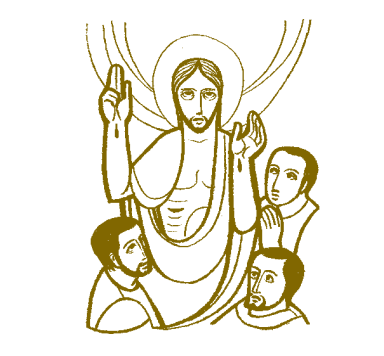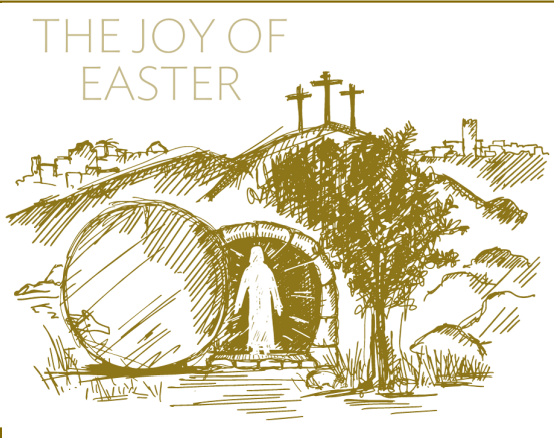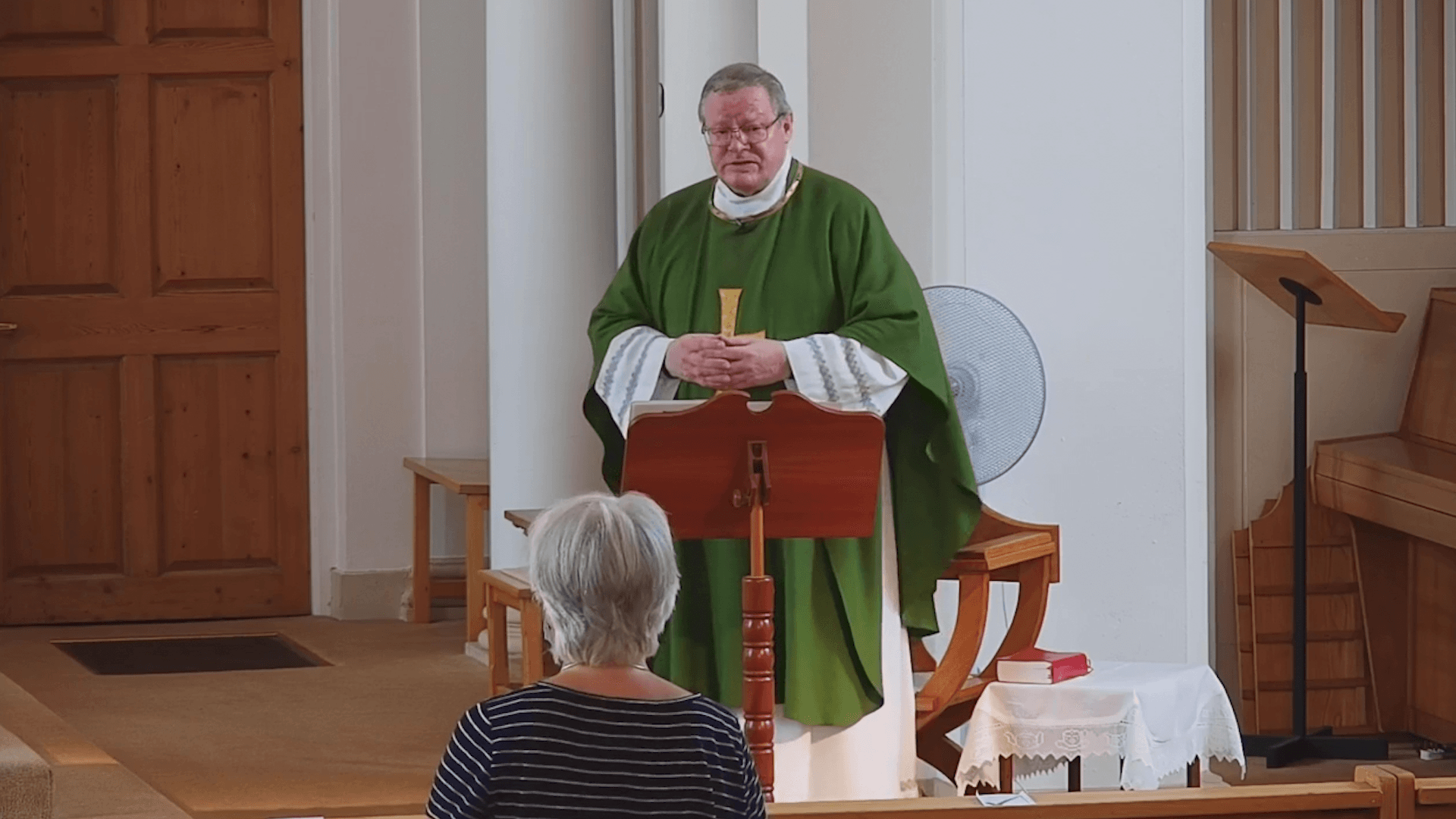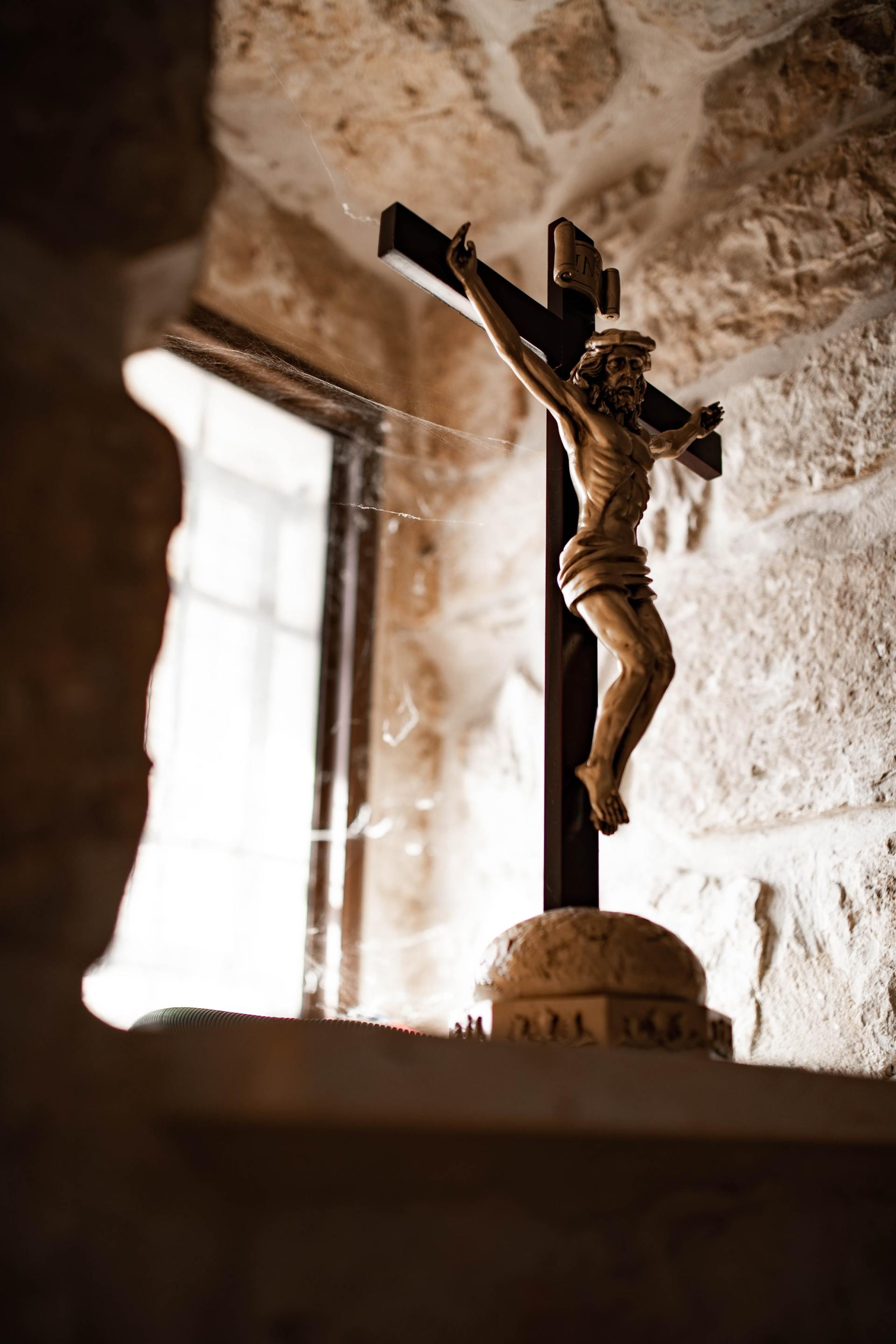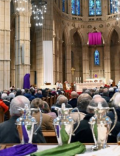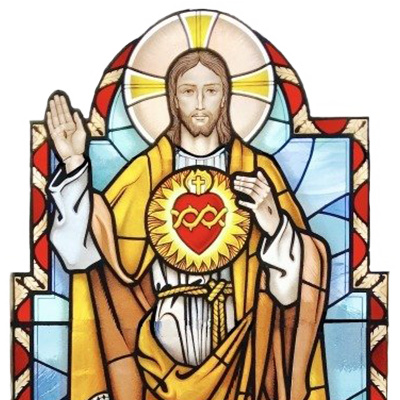Annunciation 25th March . . .
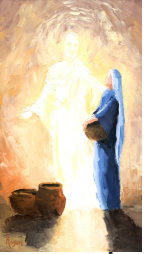
The feast of the Annunciation of the Lord celebrates Angel Gabriel’s appearance to the Virgin Mary (Luke 1:26-38) and his announcement that she had been chosen to be the mother of the saviour of the world. Also being celebrated during this feast was Mary’s fiat, which means “let it be” in Latin - her willing acceptance of the news. The Annunciation, which means “the announcement,” is observed almost universally throughout Christianity.
Originally a feast of our Lord, but now celebrated as a Marian feast (in honour of Mary), the feast of the Annunciation dates back at least to the fifth century.
The Annunciation, as much as or even more so than Christmas, represents Christ's incarnation. When Mary signalled to Gabriel her acceptance of God’s Will, Christ was conceived in her womb through the power of the Holy Spirit. While most of the fathers of the church say that Mary’s fiat was essential to God’s plan of salvation, God foresaw Mary’s acceptance of his Will from all eternity.
The Annunciation testifies powerfully to the truth of the Catholic tradition that Mary was indeed a virgin when Christ was conceived, but also that she intended to remain one perpetually. Mary’s response to Gabriel, “How can this be since I have no husband?” in (Luke 1:34) was universally interpreted by the fathers of the church as a statement of Mary’s resolution to remain a virgin forever.
